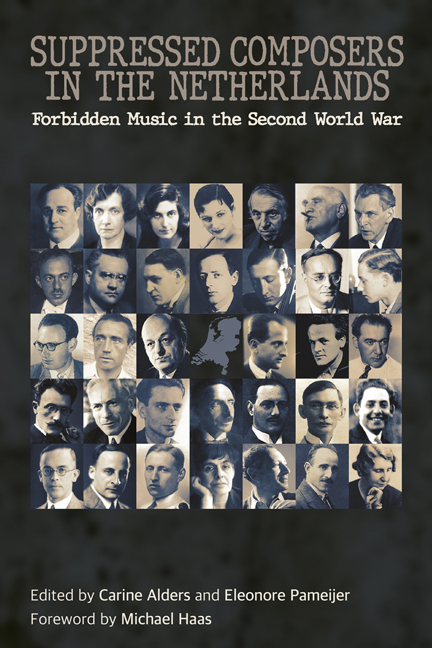29 - Martin Spanjaard
Published online by Cambridge University Press: 09 May 2024
Summary
Martin Spanjaard was born on 30 July 1892 in Borne, a town in the eastern Netherlands, the son of a wealthy textile manufacturer. When he was seven years old, the family moved to The Hague, and from that time onwards the youngster was frequently to be found in the front row at the Kurhaus Hotel concerts in nearby Scheveningen, on the seafront. He studied violin in The Hague with Joseph Salmon (1864–1943) and André Spoor (1867–1929), the concert-master of the Concertgebouw Orchestra, and piano and composition with Frits Koeberg (1876–1961). In an interview, he said that when he reached the age of seventeen ‘the defining day had arrived to become a professional musician’. On that day he conducted his own Serenade for orchestra at the French Opera in The Hague and the enthusiastic response of the audience gave him that extra push.
In 1915, he moved to Berlin, hoping to enrol at the Hochschule für Musik. In his suitcase were three compositions: a double fugue for string orchestra, an overture and a symphonic poem for large orchestra. With these works, he passed the examinations and was admitted to the composition class led by the composer, conductor and pianist Friedrich Gernsheim (1839–1916). He also played viola in the conservatoire orchestra led by the violinist Willy Hess (1859–1939). In his opinion, it was paramount for a future conductor to know the orchestra inside out. On Hess’ suggestion, the young Dutchman was given the opportunity to conduct his own work with the student orchestra. Back in the Netherlands, Spanjaard spent six months in Amsterdam, took composition lessons with Cornelis Dopper and became an assistant to Willem Mengelberg, who gave him a thorough technical grounding. He then returned to Berlin for an internship as Kapellmeister with the State Opera.
In January 1920, Spanjaard, at the age of 27, was appointed second conductor of the Arnhem Orchestral Society, which was conducted by Richard Heuckeroth (1885–1960). Spanjaard quickly got to know the orchestra from his position among the first violinists and, less than two months after his appointment, he made his podium debut as its conductor.
- Type
- Chapter
- Information
- Suppressed Composers in the NetherlandsForbidden Music in the Second World War, pp. 265 - 274Publisher: Boydell & BrewerPrint publication year: 2024



